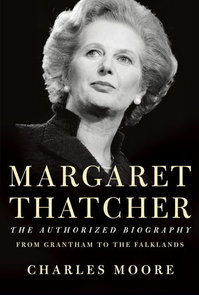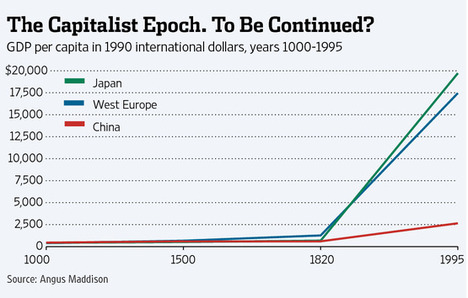Source of book image: http://media.npr.org/assets/bakertaylor/covers/manually-added/thatchercover_custom-e43e3b7aec14140f5606737ab274110160f0c94a-s2-c85.jpg
Daniel Hannan, a European Parliament representative from Britain, discusses a favorite book of 2013:
(p. C9) We’ve waited a long time for the authorized biography of Margaret Thatcher, and it has been worth the wait. Through Charles Moore’s vivid prose, we relive the extraordinary story of Britain’s greatest peacetime leader–how she found her country bankrupt, demoralized and dishonored and left it prosperous, confident and free. Mr. Moore weaves numerous new revelations into the narrative of the single-minded, humorless, workaholic, patriotic force of nature that was Margaret Thatcher.
For the full article, see:
“12 Months of Reading; We asked 50 of our friends–from April Bloomfield to Mike Tyson–to name their favorite books of 2013.” The Wall Street Journal (Sat., Dec. 14, 2013): C6 & C9-C12.
(Note: the online version of the article has the date Dec. 13, 2013.)
The book that Hannan praises is:
Moore, Charles. Margaret Thatcher: From Grantham to the Falklands. New York: Alfred A. Knopf, 2013.





